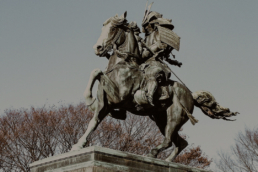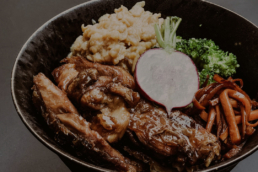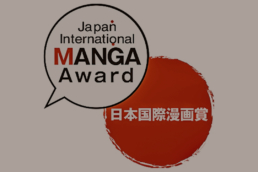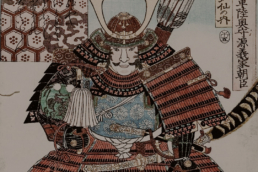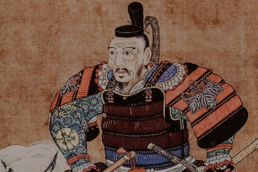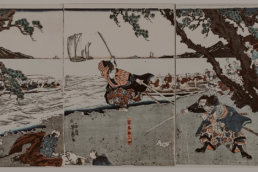TENOHA &| TASTE: now also available for Brunch
We start again and we do it amazingly at TENOHA Milano with its BRUNCH! TENOHA Milano is back stronger than ever and with a huge desire to start over with all of you.
Do you want to try something new? Something that brings you a different brunch and a new experience? If we want to start again we must do it with something news! And TENOHA | & TASTE offers you the real restart:
TENOHA BRUNCH | ブランチ
Autore: SaiKaiAngel
You can create your brunch with the formula inspired by ICHIJŪ SANSAI 一汁三菜. This formula is based on the Japanese principle of nutritional balance. Together with the well-known quality of TENOHA Milano's food, you can still enjoy a new trip to Japan without taking the plane! Would you like to know more? Below you will find all the photos of the irresistible brunch dishes. Together with the familiar and (super Japanese!) atmosphere of TENOHA Milano, you can experience the real restart. Are you ready?
The Brunch Menu
And here you can find the spectacular dishes created for you by the Japanese master chefs:
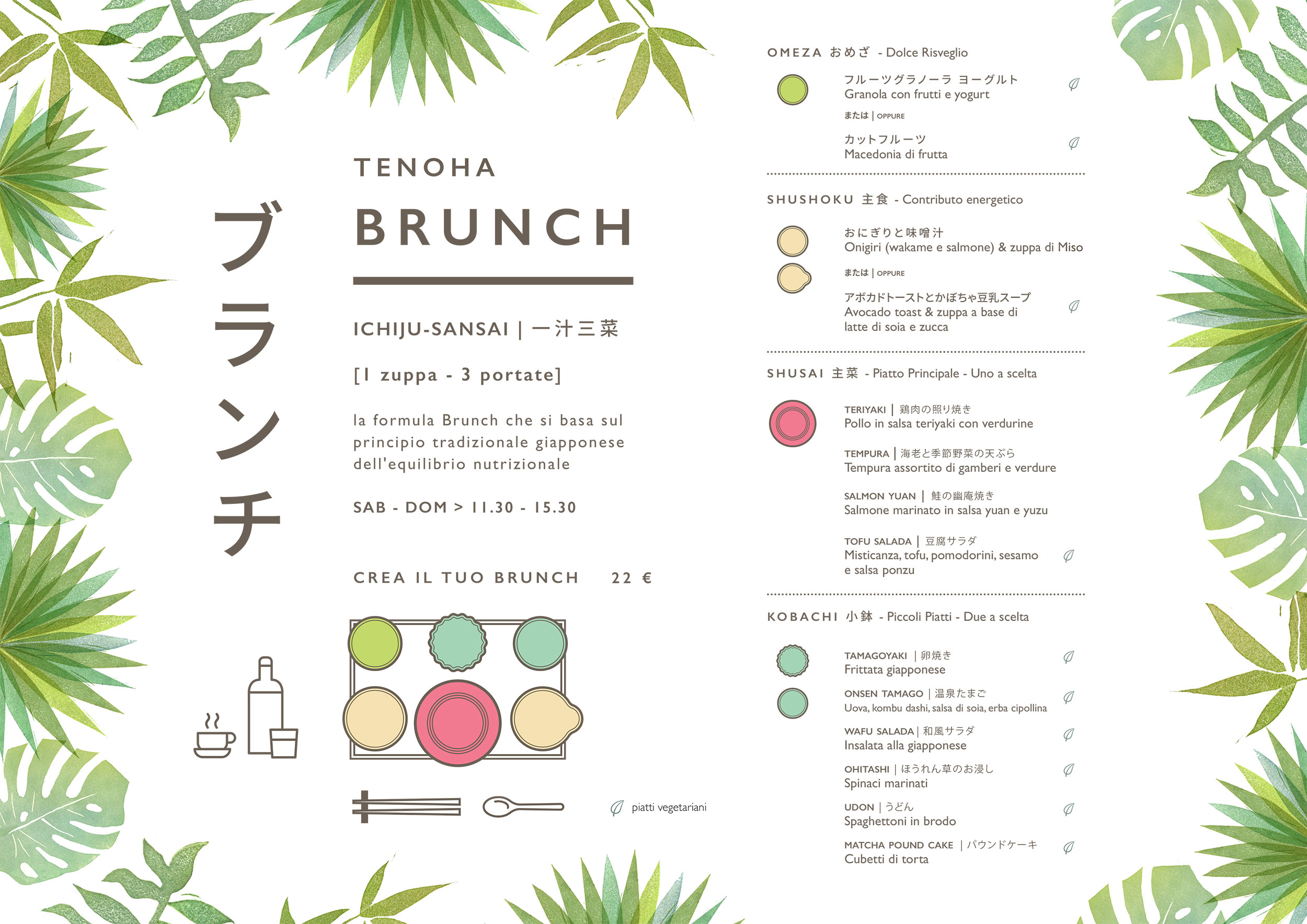
A special weekend? Only at TENOHA Milano. We are waiting for you!!!
Details
Where: TENOHA MILANO — Via Vigevano, 18, 20144 Milano
When: Saturday and Sunday from 11:30 to 15:30
More info: TENOHA &| TASTE
[ngg src="galleries" ids="7" display="basic_thumbnail" thumbnail_crop="0"]
Japan History: Yamamoto Tsunetomo
Yamamoto Tsunetomo, the samurai philosopher
Author: SaiKaiAngel | translation: Erika
Yamamoto Tsunetomo (1659 - 1721), also known by the Buddhist name Yamamoto Jōchō was not only a military man but also a great philosopher. We decided to talk about this Samurai also because of his importance in the literary field.
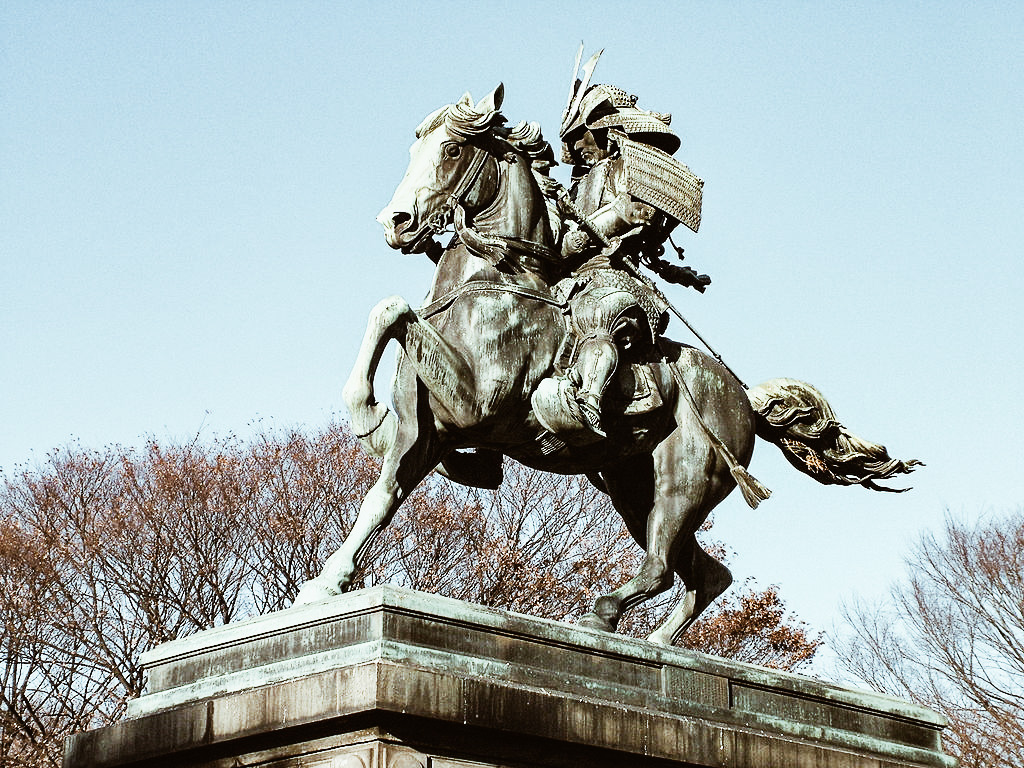
photo credits: wikipedia.org
The life of Yamamoto Tsunetomo
Samurai of Saga Prefecture in the province of Hizen (Kyūshū), he entered the service of Mitsushige Nabeshima at the age of 9. At the age of 20 he met the Buddhist monk Tannen, who had left the temple in protest of the condemnation of another monk, and Ishida Ittei, a Confucian scholar counselor of Nabeshima who had been exiled for more than 8 years because of his opposition to the decision of a daimyō.
In 1700, at the death of his patron, he did not choose to accompany him in his death with seppuku, because Nabeshima had always condemned that practice, so he decided to continue to respect his will. Yamamoto Tsunetomo decided to take Buddhist vows and take the name Jōchō by retiring to a hermitage in the mountains after some problems with Nabeshima's successor.
After becoming a Buddhist monk of the Zen sect Sōtō, between 1709 and 1716 with his student Tashiro Tsuramoto, he composed the Hagakure, the work on the spirit and the code of conduct of the samurai. Tsunetomo asked the disciple never to publish these thoughts but to set the book on fire, but the young Tsuramoto decided to make it public under the name of Nabeshima Rongo, or "the Nabeshima Dialogues." The book was adopted for centuries as a code of the Samurai and was only printed in 1906 with the title Hagakure ("In the shade of the leaves").

photo credits: amazon.com
Hagakure's main theme is death, not as the end of life, but as the elimination of the ego. Hagakure is a collection of moral principles and advice as behavioral norms and historical news. This book contains some rules of a simple nature, for example "how to dismiss a servant", while others are part of Bushidō, of that set of principles that constituted for centuries the ethics of all Japanese people.
The book written by Yamamoto Tsunetomo, which is originally 11 volumes, has never been fully translated because it is often very specific about Japanese culture to be difficult for Italians to read.
The Hagakure became one of the most famous texts on bushidō around the 1930s.
Some of the most famous phrases in the book
"I have discovered that the Samurai Way is death: you must prepare for death from morning till night, day after day."
"The Samurai Code is to be sought in death. Meditate daily on its ineluctability. Every day, when nothing disturbs our body and our mind, we must imagine ourselves torn by arrows, rifles, spears, and swords, swept by impetuous waves, wrapped in flames in an immense bonfire, electrocuted by a lightning bolt, shaken by an earthquake that leaves no escape, plunged into an endless precipice, agonizing over an illness or ready to commit suicide for the death of our Lord. And every day, unfailingly, we must consider ourselves dead. This is the essence of the Samurai's Code."
"Every morning and every night we should continually think about death, feeling we've been dead forever; in this way, we'll be free to move in any situation."
"We can maintain good relationships with others by giving them the importance and avoiding misunderstandings with good manners and with true humility, doing things well even when they are not useful to us but to others as if it were the first time we meet.
"Those who are impatient end up ruining everything and fail to accomplish great things. Those who do not care about time will complete their mission very quickly."
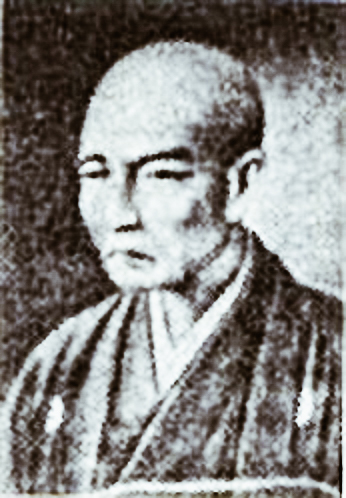
photo credits: wikipedia.org
TENOHA Milano & TENOHA Ramen, ready for the Take Away
TENOHA Milano and TENOHA Ramen are ready for the Take Away!
written by: SaikaiAngel | translation: Erika
It's time to start again and we can do it in the best way together with TENOHA &| TASTE and TENOHA &| RAMEN special Take Away and delivery menu.
In these months of lockdown, many have suffered the nostalgia of the two most beautiful places in Milan! We are talking about TENOHA &| TASTE and TENOHA &| RAMEN where not only can you feel as if you were at home, but you can also savor and experience real Japan! While we wait for the reopening, you can now enjoy TENOHA &| TASTE and TENOHA &| RAMEN special Take Away and delivery menu.
Are you ready to live TENOHA in your home? Do it NOW and be surprised with the tasty menus not to be missed and already available !!
TENOHA &| TASTE • TAKE AWAY

MENU
GYU DON - € 9
Bowl of rice with beef, onion, soy sauce, and sake
TERI YAKI DON - € 9
Rice bowl with chicken in teriyaki sauce and vegetables
NORIMAKI [VEGAN] - € 7
Sushi roll with lettuce filling, carrot KIMPIRA, boiled spinach (seasoned with NIKIRI KOMBU DASHI sauce), zucchini, sauteed peppers
EBI YAKIUDON - 10 €
Stir-fried udon with shrimp and vegetables
YASAI YAKIUDON - 10 €
Udon stir-fried with vegetables
and AVAILABLE FROM MAY 19:
TENOHA BENTO, with many vegetarian portions and a second choice:
KARAAGE - € 12
Fried chicken marinated with ginger and soy sauce and sake
SALMON YUAN - € 13
Grilled marinated salmon in yuan and Yuzu sauce
YASAI ITAME - € 13
Udon stir-fried with vegetables
TERIYAKI BURGER - 11 €
Chicken sandwich in teriyaki sauce accompanied by french fries
SIDE DISHES
KARAAGE - € 5
Fried chicken marinated with ginger and soy sauce and sake - 3 €
Salad with Yuzu Ponzu sauce and EVO oil
OPENING HOURS
Lunch | 12:00 - 14:30
Dinner | 18:30 - 21:30
Monday closed
For orders, call 02 8088 9868.
For Delivery, you can contact: Deliveroo | UberEats
[ngg src="galleries" ids="6" display="basic_thumbnail" thumbnail_crop="0"]
TENOHA &| RAMEN • TAKE AWAY
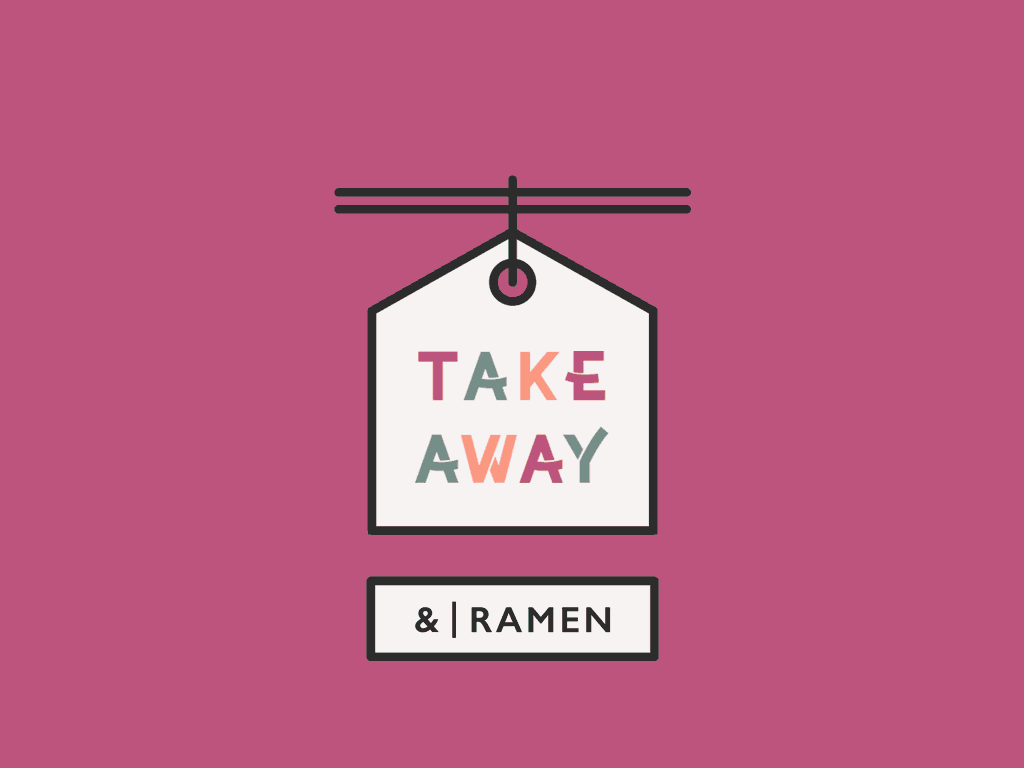
MENU
There is something very special exclusive for the TAKE AWAY:
"DO IT YOURSELF" RAMEN
SHOYU RAMEN
Ramen in soy-based chicken broth served with a slice of braised pork, spinach, marinated egg, bamboo, nori seaweed, and bean sprouts
NOODLES ONLY + BROTH - € 6
TOPPING (a slice of braised pork, spinach, marinated egg, bamboo, nori seaweed, and bean sprouts) - 2,5 €
SPICY MISO RAMEN
Ramen in miso chicken broth served with spicy chicken breast, marinated egg, spinach, bamboo, spring onions, carrots, nori seaweed, and bean sprouts
NOODLES ONLY + BROTH - € 7
TOPPING (spicy chicken breast, marinated egg, spinach, bamboo, carrots, nori seaweed, and bean sprouts) - 2,5 €
MISO RAMEN
Ramen in miso-based chicken broth served with braised pork, marinated egg, spinach, bamboo, spring onions, carrots, nori seaweed, and bean sprouts
NOODLES ONLY + BROTH - € 7
TOPPING (braised pork, marinated egg, spinach, bamboo, carrots, nori seaweed, and bean sprouts) - 2,5 €
MAZESOBA
Ramen in miso-based chicken broth served with braised pork, marinated egg, spinach, bamboo, spring onions, carrots, nori seaweed, and bean sprouts
NOODLES + RAMEN SAUCE + TOPPING - 11 €
RAMEN
CHASHUMEN - € 19
Ramen in soy-based chicken broth served with 5 slices of braised pork, marinated egg, spinach, bamboo, spring onions, nori seaweed, and bean sprouts
SHOYU RAMEN - € 13
Ramen in soy-based chicken broth served with a slice of braised pork, spinach, marinated egg, bamboo, spring onions, nori seaweed, and bean sprouts
SPICY MISO RAMEN - € 14
Ramen in miso chicken broth served with spicy chicken breast, marinated egg, spinach, bamboo, spring onions, carrots, nori seaweed, and bean sprouts
MISO RAMEN - € 13
Ramen in miso-based chicken broth served with braised pork, marinated egg, spinach, bamboo, spring onions, carrots, nori seaweed, and bean sprouts
MAZESOBA - € 15
Ramen in miso-based chicken broth served with braised pork, marinated egg, spinach, bamboo, spring onions, carrots, nori seaweed, and bean sprouts
VEGAN RAMEN - € 16
Ramen in vegetable broth, sesame cream, and soy milk served with fried tofu, bamboo, spring onions, sweet potato fries
* EXTRA TOPPING *
NOODLES + 1 €
NI TAMAGO + 1,5 €
VEGETABLES + € 2
CHICKEN + 2,5 €
SNACKS
EDAMAME - € 3
Boiled soybeans with salt
NI TAMAGO - € 3.5
Marinated boiled egg served with bean sprouts and sweet and sour sauce
ALGAE SALAD - € 5
Wakame seaweed, carrots, edamame, bean sprouts
Accompaniment: sesame sauce or wasabi shoyu and shiso sauce
KABOCHA KOROKKE - 4 € / pc
Japanese pumpkin croquette, potatoes (contains egg)
YASAI KOROKKE - 4 € / pc
Japanese potato and vegetable croquette
KARAAGE - € 8
Fried chicken marinated in soy sauce, sake, oyster sauce, garlic and ginger
Extra topping: special Karaage sauce + 1 €
YAKI GYOZA RAVIOLI ON THE PLATE - 5 € / 5pcs
Grilled ravioli with pork filling, shiitake mushrooms, and savoy cabbage
or
Grilled ravioli with vegetable filling (spinach dough)
AGE GYOZA FRIED RAVIOLI - 7 € / 5pcs
Fried ravioli with pork filling, shiitake mushrooms, and savoy cabbage
or
Fried ravioli with vegetable filling (spinach dough)
DON
CHASHU DON - € 9
Bowl of rice with braised pork, marinated egg, spinach, and sweet and sour sauce
KARAAGE DON - € 10
Bowl of rice with fried chicken marinated in soy sauce, sake, oyster sauce, garlic, and ginger, served with spinach and sweet and sour sauce
TAKIKOMI GOHAN (Taste Shio Ramen) - € 8
Steamed rice in shio broth with chashu pork, wakame seaweed, edamame, spring onions, and red ginger
Variation: Spicy rice + 1 €
• GOHAN |ご 飯 - 4 € Bowl of white rice
OPENING HOURS
12:00 - 14:30
18:30 - 21:30
Closed on Tuesday
* Order only on site
For Delivery, you can contact: Just Eat | UberEats
[ngg src="galleries" ids="5" display="basic_thumbnail" thumbnail_crop="0"]Finally life, finally Japan, FINALLY TENOHA!For all the latest information and to stay up to date with TENOHA news, follow the instagram of TENOHA Milan and TENOHA Ramen.
14th Japan International Manga Award
14th Japan International Manga Award
written by: SaiKaiAngel
If you know and love the Manga culture, you cannot miss the MANGA AWARD! Do you know how to draw or simply love manga so much that you spend a good part of the day on this topic? We think you should stop for a moment and read this very important announcement. We find the positive in a moment in which we must necessarily stay at home! Let's dedicate ourselves to make our Manga works even better and take part in this beautiful initiative!
The application period for the 14th Japan International MANGA Award runs from April 6, 2020 to June 19, 2020. MANGA artists from all over the world, JOIN THE CHALLENGE!
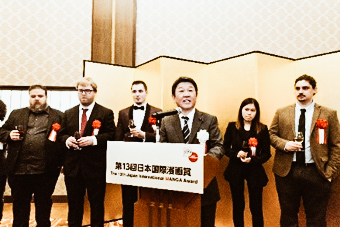
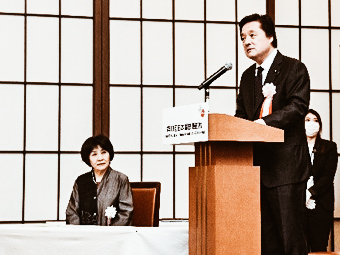
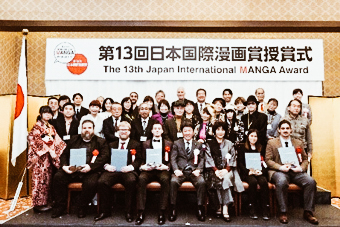
Here are the simple and easy instructions:
Why is it important?
Because the MANGA is much more than two big eyes full of enthusiasm and fun. It is a real CULTURE and it is also a way to destroy borders and promote international cultural exchanges!
Are there any prizes?
Of course! The Japan International MANGA Award for the best MANGA work, the Silver Award for three excellent works, and the Bronze Award for eleven other works.
The winners of the Gold Award and the Silver Award, therefore not the winners of the Bronze Award, will be able to take advantage of the invitation to Japan for 10 days at the award ceremony!
How can you participate in the International Manga Awards?
MANGAs must consist of more than 16 pages. You can submit Manga works that have already been published or not, obviously, the winning works of the past editions of the Japan International Manga Awards will not be accepted.
Which MANGA works are accepted?
MANGA works must have been produced in the past three years (2017-2020).
In what form are MANGA works accepted?
MANGA works must be presented in printed form.
Can publishers participate in the Manga Awards?
Overseas publishers can participate in the Japan International MANGA Award, after confirmation by MANGA artists to present their work. The artist or screenwriter of the work presented must be foreign citizens. The representative who will participate in the invitation for the winners of the Gold and Silver awards must also be foreign citizens.
How many works can be presented?
Each participant must submit only one work. In the case of a story collection, only one will be accepted. Duplicates are invalid.
How does the Manga Award nomination work?
Applying is simple! You must send your registration from April 6 to June 19 2020 to:
1) Japanese embassies or consulates
or to:
2) P.O.Box MBE193 The 14th Executive Committee of the MANGA International Award of Japan Shinjuku Oak Tower 2F, 6-8-1 Nishi-Shinjuku, Shinjuku-ku, Tokyo, Japan, 163-6002
Two copies of the work must be sent, despite this, additional copies may be required in the case of a prize.
Attached to the MANGA work, there must be a completed registration form in English or Japanese. The numbers must be indicated on each page of the MANGA work. If the MANGA work does not take the form of a book, it must be specified.
Will MANGA works be returned?
No, the submitted MANGA works will not be returned to the candidates. Therefore, if the work has not yet been published, it is advisable to send a copy of the work and keep the original. Keep in mind that the works presented could be donated or exhibited.
The Executive Committee of the MANGA Prize may (partially) upload the winner's MANGA works to its website with the prior approval of the artists.
Who is in charge of the selection?
The 14th MANGA International Japan Award Selection Committee will be responsible for the selection procedures.
Remember that the award ceremony will be held in Tokyo in February 2021.
You can have the opportunity not only to win prizes, not only to make your MANGA work known all over the world but also to be invited to Japan! What are you waiting for? You still have time to register and participate. We are curious to see your MANGA works, hurry up!! Make this moment even more fun and productive.
Further information: manga-award.mofa.go.jp
Guidelines:
The 14th Japan International MANGA Award Guidelines for Application
The 14th Japan International MANGA Award Entry Form
Japan History: Minamoto No Yoshiie
Minamoto No Yoshiie, the spirit of the Samurai
written by: SaiKaiAngel | translation: Erika
Minamoto No Yoshiie (1039 - 4 August 1106), embodies the spirit of the samurai. He was the first son of Minamoto Yoriyoshi, a famous commander.
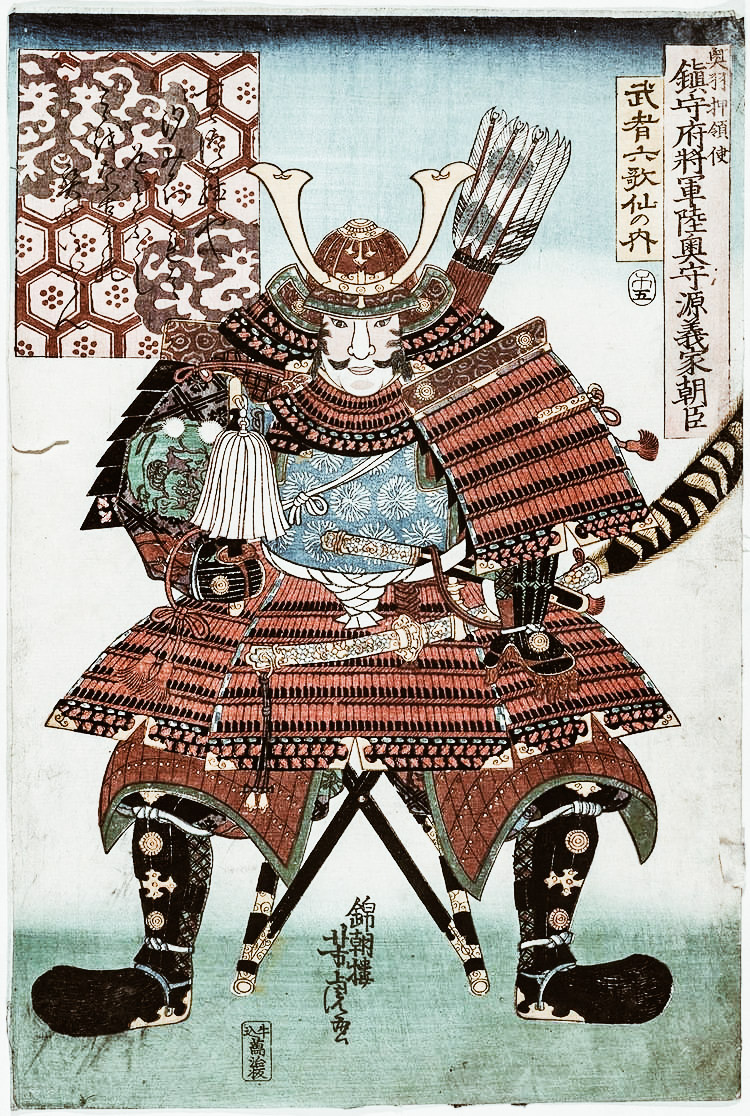
photo credit: alchetron.com
In 1051 Minamoto No Yoshiie was charged with defeating the Abe clan in the Zenkunen war (war of the first nine years) and the Kiyohara clan in the Gosannen war (war of the next three years). Abe had held important positions for years in this distant and prohibitive region and had come to assume a certain autonomy. Like Taira Masakado, Abe had had the task of subduing the northern barbarians and, from the court's point of view, becoming barbarians themselves. They have indeed been described as ebisu, a generic term that has also been applied to Ainu.
After his death, Yoshiie was elevated to Kami status: renamed "Hachimantaro" which means "son of Hachiman", the god of Shinto war.
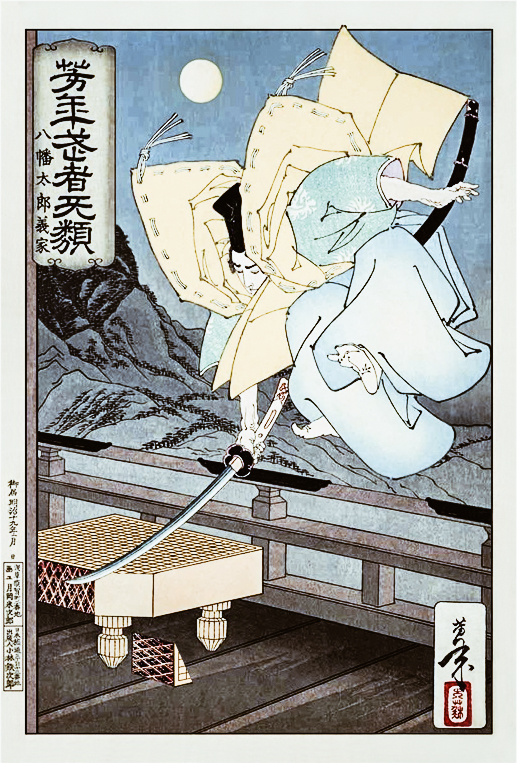
photo credit: wikipedia.org
The Zenkunen war
By 1050 the power of Abe no Yoritoki was widespread throughout the region, and this gave him permission to collect taxes and confiscate lands. The official governor, private from each region, asked the imperial government for help. Minamoto no Yoriyoshi was then appointed new governor and together with his son he was sent against the Abe clan.
The struggle lasted from 1051 to 1063, twelve years including nine of war and three of truce. Yoshiie fought alongside his father in all the fighting, including the battle of Kawasaki and the siege of Kuriyagawa.
In 1057 Abe no Yoritoki's son Abe no Sadato continued the war after his father's death.
In Mutzu Waki, a tribute to the reputation of Yoshiie's warrior, there is the story of an exchange that took place between Yoshiie and Sadato during his escape from the fortress on the Kurika River, during the attacks by the Minamoto army.
Hachimantarō, during a chase along the Koromo River shouted: "Sir, you are showing your back to the enemy! Aren't you ashamed? Turn around for a moment, I have something to tell you." When Sadato turned around, Yoshiie said, "Koromo castle has been destroyed." Sadato, turning around, said: "Over the years the threads have become tangled, and this pains me." At that point, Yoshiie put down the arrow he had loaded and returned to his field. In the midst of such a savage battle, that was a gentlemanly act.
Yoshiie returned to Kyoto in early 1063 with the Head of Abe no Sadato and the following year he took several followers of the Abe clan whom he had taken prisoners as servants.
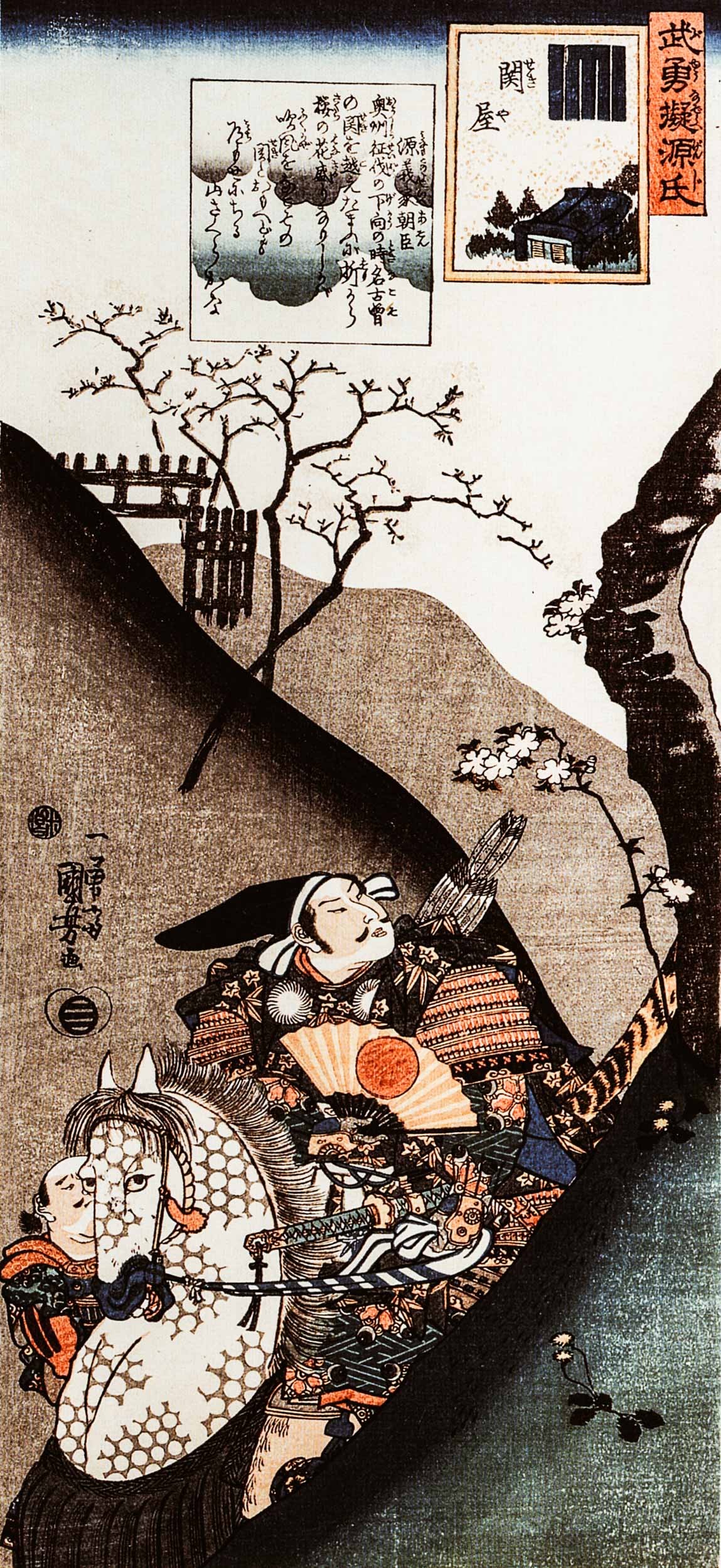
photo credit: wikipedia.org
Gosannen war
Yoshiie was commander during another major Heian period conflict. In early 1083, appointed governor of the province of Mutsu, he intervened to calm the hearts within the Kiyohara clan, previously a Minamoto ally in the war against the Abe.
Despite this, the clash leadership struggle between Kiyohara no Masahira, Narihira and Iehira did not stop, and so Yoshiie pledged to restore peace to the region. The final clash took place in 1087 on the palisades of Kanazawa. Yoshiie, aided by his younger brother Minamoto no Yoshimitsu and Fujiwara Kiyohira, attacked the position held by Kiyohara no Iehira and his uncle Kiyohara no Takahira. The conflict became known as the subsequent three-year war and culminated in Numu (1086) when Takahira and Iehira were killed. In the Kokon Chomonjū it is said that during the siege of Kanezawa, Yoshiie avoided an ambush by noticing a flock of birds taking flight from a forest. Despite suffering large losses in his ranks, Yoshiie is said to have been a particularly effective leader, managing to keep morale high and maintaining discipline among the warriors.
Minamoto No Yoshiie was called "The Samurai with the greatest courage under heaven". Mel 1098 was granted to Yoshiie to visit the Imperial Court, a rare honor which by its very rarity indicates the growing gap between the Court and the provincial houses. This alienation would eventually contribute to the samurai eclipse of imperial authority in the late 12th century.
However, it is difficult to place Minamoto Yoshiie in a historical context. His greatest political contribution was probably to strengthen the Minamoto family, especially those branches that reside in Kanto. His other contribution was less tangible. The legend of Minamoto No Yoshiie, who emerged from his northern wars and reports as a cultured war man, established a model for the future samurai that would influence subsequent generations of warriors.
Japan History: Toyotomi Hideyoshi
Toyotomi Hideyoshi, the great unifier of Japan
written by: SaiKaiAngel | translation: Erika
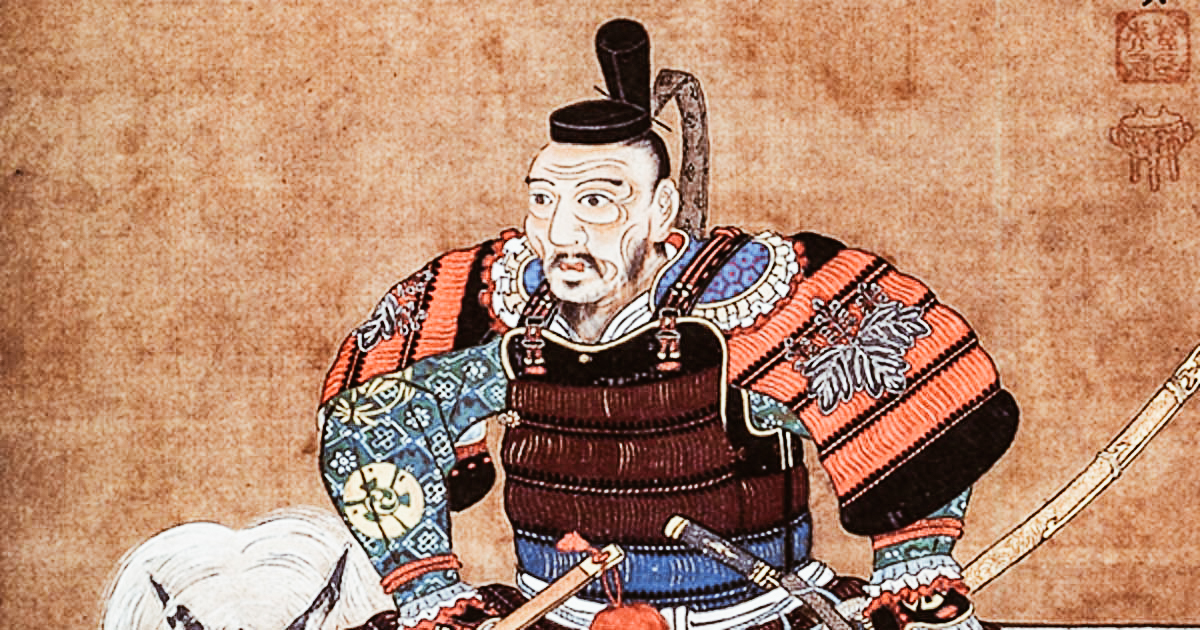
photo credits: ancient-origins.net
Toyotomi Hideyoshi (March 17, 1537 - September 18, 1598) was a samurai, as well as daimyō, the successor of Oda Nobunaga as "great unifier" of Japan, ending the Sengoku period. The period of his dominion is called Momoyama, from the name of Hideyoshi castle. It appears that his birth was in Owari province, the home of the Oda clan (present-day Nagoya in Aichi prefecture). Son of an ashigaru peasant named Yaemon. It seems that his childhood name was Hiyoshi-maru. His father died when Hideyoshi was 7 years old.
Hideyoshi was sent to study in a temple as a young man, but he refused that life to go on an adventure hunt. Under the name Kinoshita Tōkichirō he joined the Imagawa clan for the first time as a servant of a local ruler named Matsushita Yukitsuna. He traveled to the lands of Imagawa Yoshimoto, daimyō of Suruga province, and served him only to escape with a sum of money entrusted to him by Matsushita Yukitsuna.
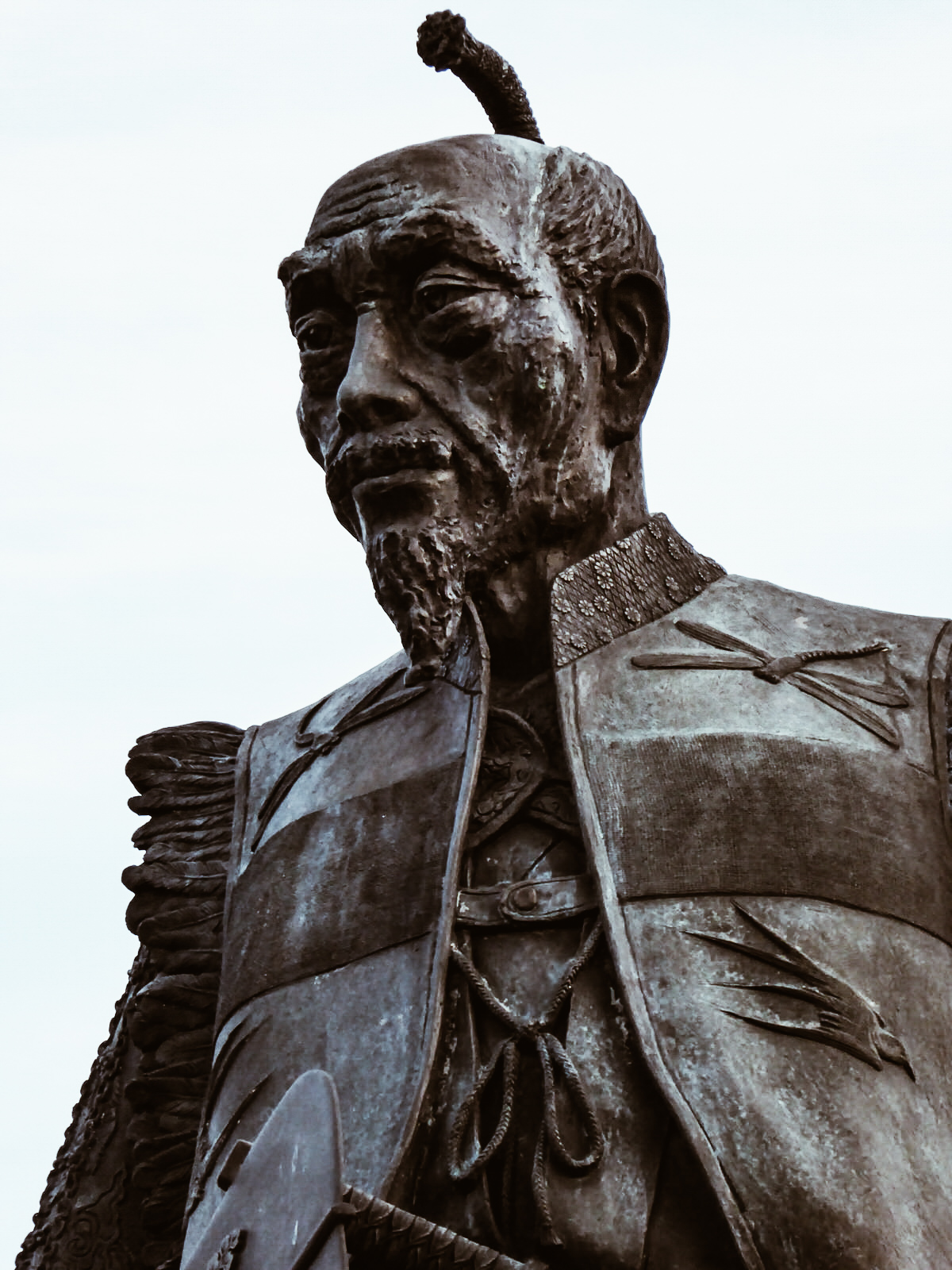
photo credits: samurai-world.com
The young Toyotomi Hideyoshi led a small group to attack the castle on Mount Inaba and in 1558, he joined the Oda clan, led by Oda Nobunaga, as ashigaru (lit. "light feet" who were employed in the conflicts of feudal Japan by the samurai caste.)
He became one of Nobunaga's sandal bearers and was present in the battle of Okehazama in 1560 when Nobunaga defeated Imagawa Yoshimoto to become one of the most powerful warlords in the Sengoku period. He also appears to have overseen the repair of Kiyosu Castle by running the kitchen.
In 1561 Hideyoshi married the adopted daughter of Asano Nagakatsu. He made repairs on Sunomata Castle with his younger brother Toyotomi Hidenaga, Hachisuka Masakatsu and Maeno Nagayasu. He built a fort in Sunomata, at night also discovering a secret way to Mount Inaba
Siege of Inabayama Castle
Hideyoshi was very successful as a negotiator. In 1564, he managed to convince the warlords Mino to desert the Saitō clan. He then approached many samurai convincing them to follow Nobunaga.
Nobunaga's easy victory at Inabayama Castle in 1567 was largely due to Hideyoshi's efforts and for this he became one of Nobunaga's most illustrious generals, eventually taking the name of Hashiba Hideyoshi. The new surname included two characters, one each of Oda's other two men, Niwa Nagahide and Shibata Katsuie.
Battle of Anegawa
Hideyoshi led the troops to the battle of Anegawa in 1570 in which Oda Nobunaga allied himself with Tokugawa Ieyasu to besiege two fortresses of the Azai and Asakura clans. He participated in the siege of Nagashima in 1573 and in the same year, Nobunaga named Hideyoshi daimyō from three districts in the northern part of the Ōmi Province. Afterward, he moved to Kunitomo and renamed the city of Nagahama in homage to Nobunaga. Later Hideyoshi moved to the port of Imahama on Lake Biwa and took control of the nearby Kunitomo firearms factory which had been set up a few years earlier by the Azai and Asakura families, increasing its production.
Furthermore, he fought in the battle of Nagashino after which Nobunaga sent Hideyoshi to Himeji Castle to conquer the Chūgoku region by the Mori clan in 1576.
In 1577, he fought in the battle of Tedorigawa, in the siege of Miki, in the siege of Itami (1579) and in the siege of Takamatsu in 1582.
Battle of Yamazaki and conflict with Katsuie
After the murders of Honnō-ji of Oda Nobunaga and his eldest son Nobutada in 1582 at the hands of Akechi Mitsuhide, Hideyoshi, seeking revenge for the death of his beloved lord, made peace with the Mōri clan and defeated Akechi in the battle of Yamazaki.
Subsequently, being in a good position, he called the powerful daimyo to Kiyosu so that they could determine Nobunaga's heir. Oda Nobukatsu and Oda Nobutaka quarreled, then the heir became Samboshi, Nobunaga's grandson. Having won the support of Oda's other two elders, Niwa Nagahide and Ikeda Tsuneoki, Hideyoshi took the position of Hidenobu and his influence on the Oda clan. He distributed the provinces of Nobunaga among generals and formed a council of four generals. The tension between Hideyoshi and Katsuie resulted in the battle of Shizugatake the following year in which Hideyoshi destroyed Katsuie's forces. By then Hideyoshi had faced most of the Oda clan and control of 30 provinces.
Building of Osaka Castle
In 1582, Hideyoshi began building Osaka Castle on the site of the Ishiyama Hongan-ji temple destroyed by Nobunaga; this became the last stronghold of the Toyotomi clan after Hideyoshi's death.
Battle of Komaki and Nagakute
Oda Nobukatsu, hostile to Hideyoshi, allied with Tokugawa Ieyasu and the two sides fought in the battle of Komaki and Nagakute. Eventually, it resulted in a stalemate, although Hideyoshi's forces suffered a severe blow. Finally, Hideyoshi made peace with Nobukatsu, ending the pretext for war between the Tokugawa and Hashiba clans. Ieyasu eventually agreed to become a Hideyoshi vassal.
Hideyoshi never obtained the title of shōgun, but made sure to get adopted by Konoe Sakihisa, one of the noblest men belonging to the Fujiwara clan and ensured a succession of high court titles including, in 1585, the prestigious position of Imperial Regent (kampaku). In 1586, Hideyoshi officially received the name of the new Toyotomi clan from the imperial court and built the Jurakudai, a sumptuous palace, in 1587 entertaining the reigning emperor, Go-Yōzei, the following year.
Japan unified under Toyotomi Hideyoshi
Subsequently, Hideyoshi subjugated the province of Kii and conquered Shikoku under the Chōsokabe clan. He then took control of Etchū province and also conquered Kyūshū.
In 1587 Hideyoshi banned Christian missionaries from Kyūshū to exercise greater control over Kirishitani daimyōs.
In 1588 he forbade the peasant townships to possess weapons and began to confiscate them. Swords were cast to create a Buddha statue. This measure effectively stopped peasant revolts and ensured greater stability at the expense of the freedom of the individuals.
Siege of Odawara
The siege of Odawara in 1590 against the Hōjō clan in the Kantō region eliminated the last resistance to Hideyoshi's authority. His victory meant the end of the Sengoku period. During this siege, Hideyoshi offered Ieyasu the eight provinces governed by Hōjō in the Kantō region in exchange for the submission of the five provinces of Ieyasu, who accepted this proposal.
In February 1591, Hideyoshi ordered Sen no Rikyū to commit suicide, probably in one of his outbursts of anger. Rikyū had been a trusted supporter and master of the tea ceremony under Hideyoshi and Nobunaga. He also made significant changes to the aesthetics of the tea ceremony which had a lasting influence on many aspects of Japanese culture. Even after Rikyū died, Hideyoshi is said to have built his many construction projects based on the aesthetics promoted by Rikyū, perhaps suggesting that he regretted his actions.
After Rikyū died, Hideyoshi brought the tea ceremony to Noh, who studied since he became imperial regent.
The stability of the Toyotomi dynasty after Hideyoshi's death was questioned with the death of his son Tsurumatsu in September 1591. The three-year-old boy was his only son. When his half-brother Hidenaga died shortly thereafter, Hideyoshi named his nephew Hidetsugu his heir, adopting him in January 1592. Hideyoshi resigned as kampaku to obtain the title of taikō and Hidetsugu succeeded him as kampaku.
Houkokubyo (Toyotomi Hideyoshi Mausoleum) Higashiyama-ku, Kyoto
As his health began to falter, Hideyoshi carried on the dream of Oda Nobunaga, that of a Japanese conquest to China, arriving at the Ming dynasty through Korea.
Hideyoshi asked Koreans for a ride to China in 1587, but without success, because Korea was allied with China and in April and July 1591 he also refused the request to pass through Korea for fear of jeopardizing security. Then, in August 1591, Hideyoshi ordered preparations to begin an invasion of Korea.
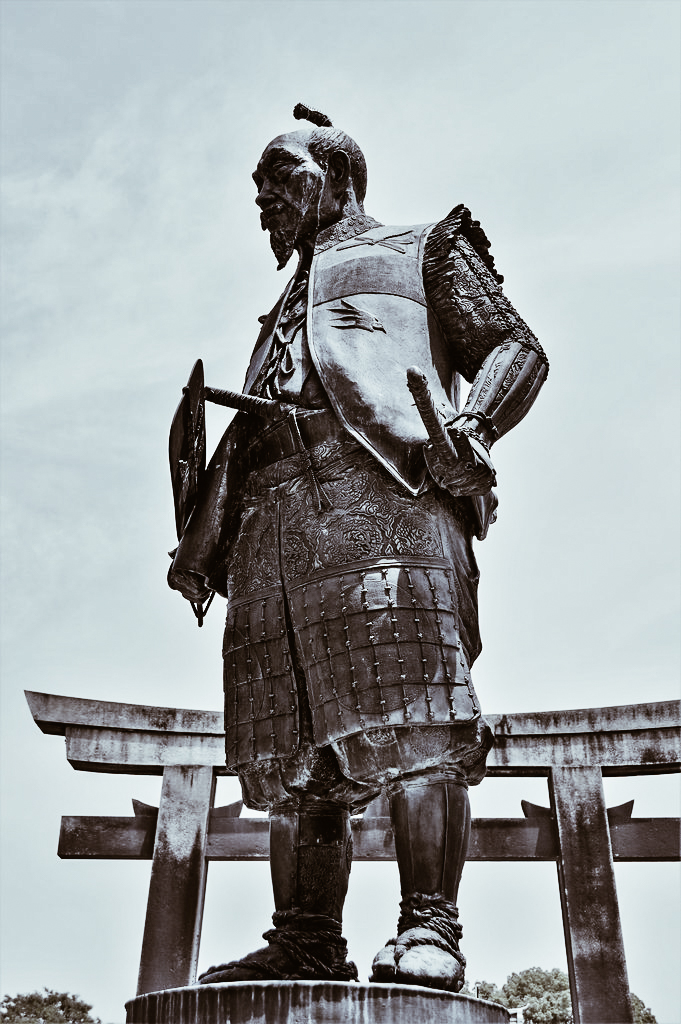
photo credits: flickr.com
First campaign against Korea
In the first campaign, Hideyoshi appointed Ukita Hideie as marshal and sent him to the Korean peninsula in April 1592. Konishi Yukinaga then occupied Seoul on June 19. After the fall of Seoul, Japanese commanders held a war council and determined submission targets called Hachidokuniwari from each corps. In just four months, Hideyoshi's forces made their way to Manchuria and occupied much of Korea. Korean King Seonjo fled to Uiju and asked for military intervention from China. In 1593, Ming China Emperor Wanli sent an army under General Li Rusong to block the planned Japanese invasion of China and recapture the Korean Peninsula. The Ming army of 43,000 soldiers led by Li Ru-Song continued to attack Pyongyang.
On January 7, 1593, Ming's relief forces under Li still captured Pyongyang and surrounded Seoul, but Kobayakawa Takakage, Ukita Hideie, Tachibana Muneshige and Kikkawa Hiroie won the Battle of Byeokjegwan on the outskirts of Seoul. At the end of the first campaign, the entire Japanese navy was destroyed by Korea's Admiral Yi Sun-sin, whose base was located in a part of Korea that the Japanese could not control. This, in fact, put an end to Japan's dream of conquering China as the Koreans simply destroyed Japan's ability to resupply their bogged down troops in Pyongyang.
Succession dispute
The birth of Hideyoshi's second son in 1593, Hideyori, created a succession problem. To avoid this, Hideyoshi exiled his nephew and heir Hidetsugu to Mount Kōya and then ordered him to commit suicide in August 1595. Members of the Hidetsugu family who did not follow his example were later murdered in Kyoto.
In January 1597, Toyotomi Hideyoshi had twenty-six Christians arrested as an example of Japanese who wanted to convert to Christianity. They are known as the twenty-six martyrs of Japan. They included five European Franciscan missionaries, one Mexican Franciscan missionary, three Japanese Jesuits and seventeen Japanese, including three young boys. On February 5, they were executed in Nagasaki for public crucifixion.
Second campaign against Korea
After several years of negotiations, Hideyoshi appointed Kobayakawa Hideaki to conduct a renewed invasion of Korea, but their efforts on the peninsula were less successful. Japanese troops got stuck in Gyeongsang province. In June 1598, Japanese forces repelled several Chinese offensives to Suncheon and Sacheon, but were unable to make further progress as the Ming army prepared for a final assault. Koreans continually harassed Japanese forces, while the battle of Hideyoshi in Sacheon was a great victory for Japan.
Toyotomi Hideyoshi died on September 18, 1598. He was delusional and his last words, delivered to his closest generals, were “I will depend on you for everything. I have no other thoughts to leave behind. It is sad to part with you. '' His death was kept secret by the Council of Five Elders to preserve morale and Japanese forces in Korea were ordered to withdraw to Japan by the Council of Five Elders (Tokugawa Ieyasu, Maeda Toshiie, Uesugi Kakekatsu, Mori Terumoto, Ukita Hideie).
Since they had failed to capture Korea, Hideyoshi's forces were unable to reach China either. The fighting force ran out, his vassals clashing over responsibility for failure and the clans that were loyal to the name Toyotomi weakened. The dream of a Japanese conquest of China has been put on hold indefinitely. The Tokugawa government later not only prohibited further military expeditions to the Asian mainland, but closed Japan to almost all foreigners during the Tokugawa shogunate years. It was only at the end of the 19th century that Japan again fought a war against China through Korea, using more or less the same path used by Hideyoshi's force.
After his death, the other members of the Council of Five Regents were unable to control Tokugawa Ieyasu's ambitions.
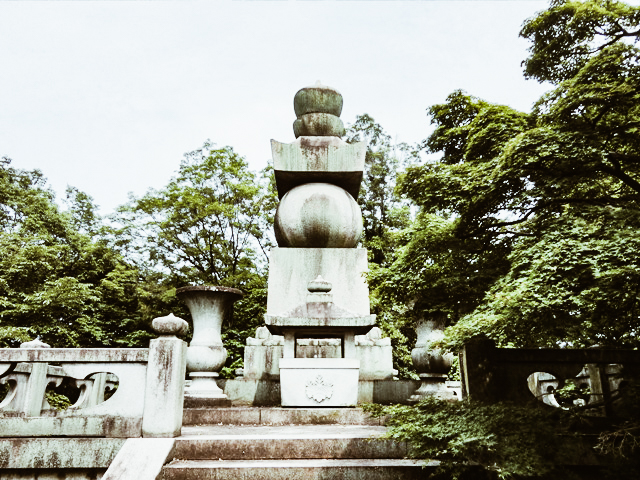
photo credits: jekyoto.wordpress.com
Toyotomi Hideyoshi's Cultural heritage
Toyotomi Hideyoshi has changed Japanese society in many ways.
Class reforms have affected citizens and warriors. During the Sengoku period, it had become common for peasants to become warriors or for samurai to cultivate because of the constant uncertainty caused by the lack of centralized government and ever-provisional peace. After taking control, Hideyoshi decreed that all the peasants were completely disarmed and that the samurai left the land to settle in the castle towns. This strengthened the social class system for the next 300 years.
In addition, he ordered a complete census of Japan. After this, he asked all the Japanese to stay in their respective han (fiefdoms) unless they had obtained official permission to go elsewhere.
In 1590, Hideyoshi completed the construction of Osaka Castle, the largest in all of Japan, to protect western approaches to Kyoto. In the same year, he banned "non-free labor" and slavery, but the forms of contracts and forced labor continued equally.
Hideyoshi also influenced Japan's material culture. He spent time and money on the tea ceremony, collecting tools, sponsoring sumptuous social events and sponsoring acclaimed masters. As interest in the tea ceremony grew among the ruling class, not only were large quantities of precious ceramic items confiscated, but many Korean craftsmen were forcibly transferred to Japan.
Inspired by the dazzling golden pavilion of Kyoto, he had the Golden Tea Room built, which was covered with a gold leaf and lined inside with a red gossamer. Using this mobile innovation, he was able to practice the tea ceremony wherever he went, forcefully projecting his power and status unmatched upon his arrival.
Politically, he established a government system that balanced the most powerful Japanese warlords. A council was created to include the most influential gentlemen.
Shortly before his death, Hideyoshi hoped to establish a stable enough system to survive until his son became old enough to become the next leader. A council of five elders (go-tairō) was formed, consisting of the five most powerful daimyō. After Maeda Toshiie's death, however, Tokugawa Ieyasu began to form alliances, including political marriages. In the end, pro-Toyotomi forces fought against the Tokugawa in the battle of Sekigahara. Ieyasu won and received the Seii-Tai Shōgun title two years later.
Toyotomi Hideyoshi's Names
At birth, he was given the name Hiyoshi-Maru. In genpuku, he took the name Kinoshita Tōkichirō. Later, he was given the surname Hashiba and the office of the honorary court Chikuzen no Kami, as a result, Hashiba Chikuzen no Kami Hideyoshi was designated.
Toyotomi Hideyoshi had received the nickname Kozaru, meaning "little monkey", from his lord Oda Nobunaga because his facial features and lean shape resembled that of a monkey. He was also known as the "bald rat".
Hideyoshi left an influential and enduring legacy, including the samurai's restriction on weapons possession, the construction and restoration of many temples, some of which are still visible in Kyoto, and the Japanese invasions of Korea (1592-1598 ).
Japan History: Sasaki Kojirō
Sasaki Kojiro (around 1583 - April 13, 1612) was born in a village in the province of Echizen. Known as Sasaki Ganryū, he was an important Japanese swordsman, mainly remembered for having been killed in a duel with Miyamoto Musashi. Sasaki Kojiro is also remembered for wearing a red haori and lived between the Sengoku era and the beginning of the Edo period.
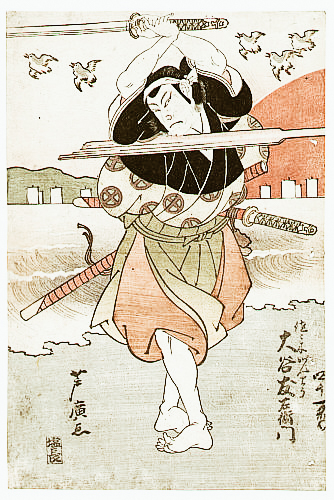
photo credits: wikipedia.org
His life
He lived at the turn of the Sengoku period and the beginning of the Edo period, as a boy he met Toda Seigen, martial arts instructor of the Asakura clan, becoming his pupil. This type of training takes him away from Seigen's style, approaching kodachi, and developing a technique that makes use of ōdachi called Ganryū ("Rock Style"). Thanks to his katana called Monohoshi Zao, he develops the Tsubame-Gaeshi ("Swallow Counterattack") technique, inspired by the bird's flight.
In 1610 he opened a dojo in Kokura and his fame began to attract numerous martial arts students, among whom we find Miyamoto Musashi, a 29-year-old swordsman who in April 1612 challenged him to a duel that became the protagonist of many legends. The descriptive versions of the legends regarding the duel between Sasaki Kojirō and Miyamoto Musashi are varied and differ greatly in detail. On one thing the legends are all in agreement and it is the end of the duel that sees Musashi as the winner.
The final duel
The duel took place on April 13, 1612 on an island a few kilometers from Kokura. Before arriving at the place, Musashi built a bokken with an oar and showed up three hours late, that is between 9 and 11. Kojiro pulled out his sword getting very angry with Musashi because of his delay and threw the scabbard into the water. Musashi killed Kojiro with a blow to the head dealt by his wooden sword. It all happened so quickly without giving Kojiro time to use his technique.
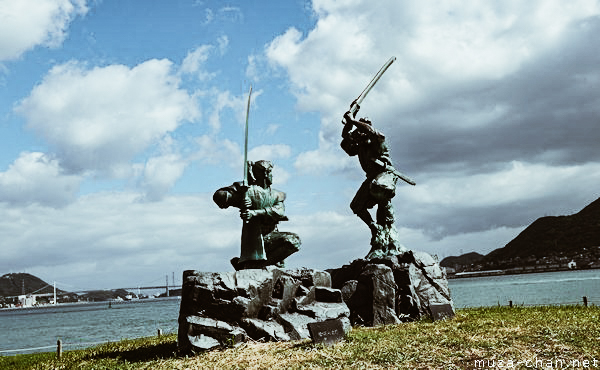
photo credits: muza-chan.net
The hypotheses of the death of Sasaki Kojiro
There are many hypotheses regarding the victory of Miyamoto Musashi, among which it is also believed that the delay was premeditated precisely to annoy the opponent. During the three hours of delay, in fact, Musashi rested while Kojiro completely lost concentration. In addition, his untreated clothing and wooden sword contributed to anger Kojiro even more. Musashi can be said to have won by playing on the opponent's psychology.
Another hypothesis sees Musashi extend the delay specifically to take advantage of the effect of sunlight so that it could blind the opponent, yet another sees him take advantage of the low tide that would have allowed him to escape more easily.
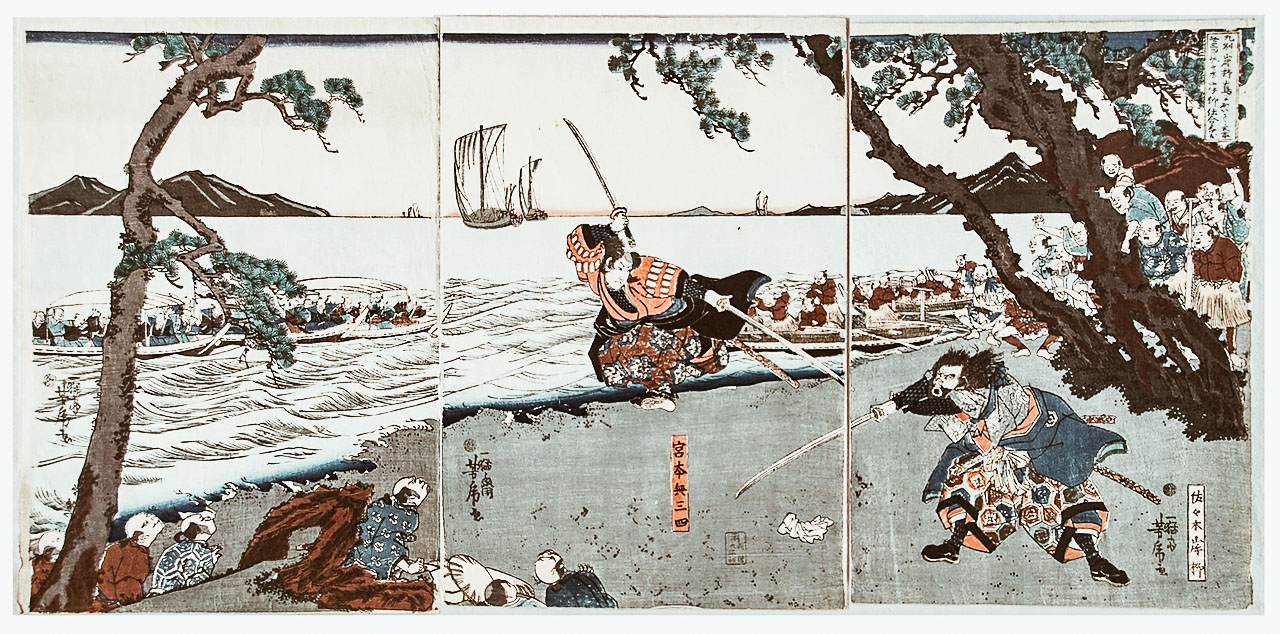
photo credits: wikipedia.org
Kojiro was (probably) deaf in one ear, but this never contributed to his loss, despite everything that seems to have happened because Musashi used the greater length of his bokken than his opponent's sword.
The island that was the site of the duel was renamed Ganryū-jima in honor of Sasaki Kojirō.[:]
TENOHA &| TASTE: KIIRO WEEK
It's Kiiro Week time at TENOHA Milano! In fact, the Hinamatsuri (雛祭り), also known as the Doll Festival or Girls' festival, is celebrated in Japan and also at TENOHA Milano.
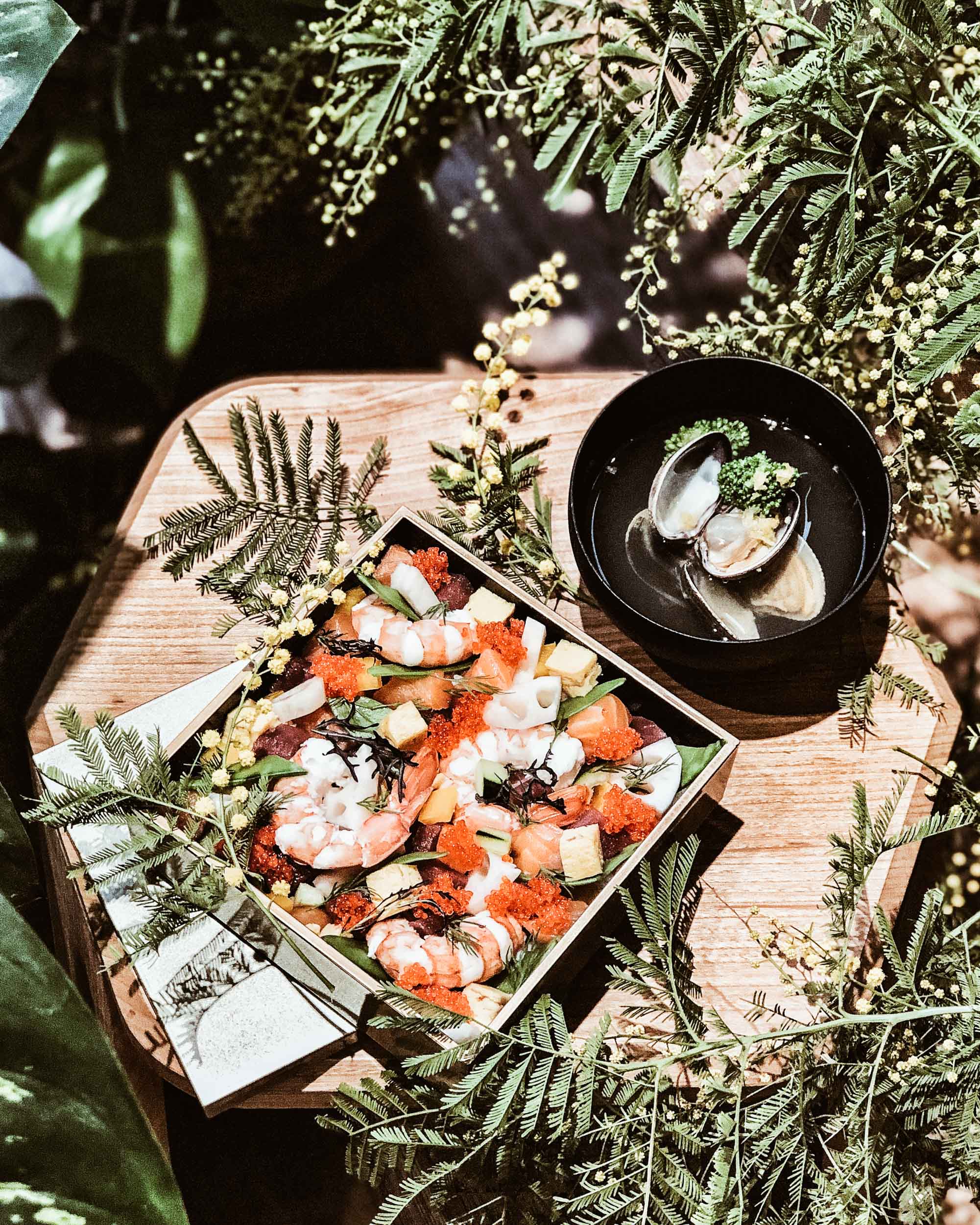
Usually, this holiday is held on March 3 of each year in Japan and is a very heartfelt anniversary. It consists of exhibiting a series of ornamental dolls representing the emperor, the empress and other representatives of the court of the Heian period. During the Hinamatsuri, family members pray that the girls can have beauty and health by passing bad luck to the dolls so to avoid the bad luck on the girls. In the rest of the world, together with the Doll or Girls festival, women are celebrated on March 8th. TENOHA Milan, a real bridge between Japan and Italy, decides to bring the two parties together and presents Kiiro Week with a typical Hinamatsuri dish: Chirashi-sushi ちらし寿司 in a wooden bento (juubako).
Kiiro Week dishes
The sets that you can taste are composed of Chirashi & Osuimono.
Chirashi sushi is a typical and popular dish. Rice, eggs, prawns, tuna, salmon, tobiko, cucumbers, lotus roots, yellow peppers and snow peas.
Osuimono is a soup with clams, turnip tops and yuzu
Details
When: March 4-9
Where: TENOHA &| TASTE, TENOHA MILANO — Via Vigevano, 18
Meal: lunch & dinner
Cost: Special lunch set KIIRO: 18€ | Special dinner set KIIRO: 18€
Highlights
SET: Chirashi & Osuimono
2 special drinks (weekend only)








